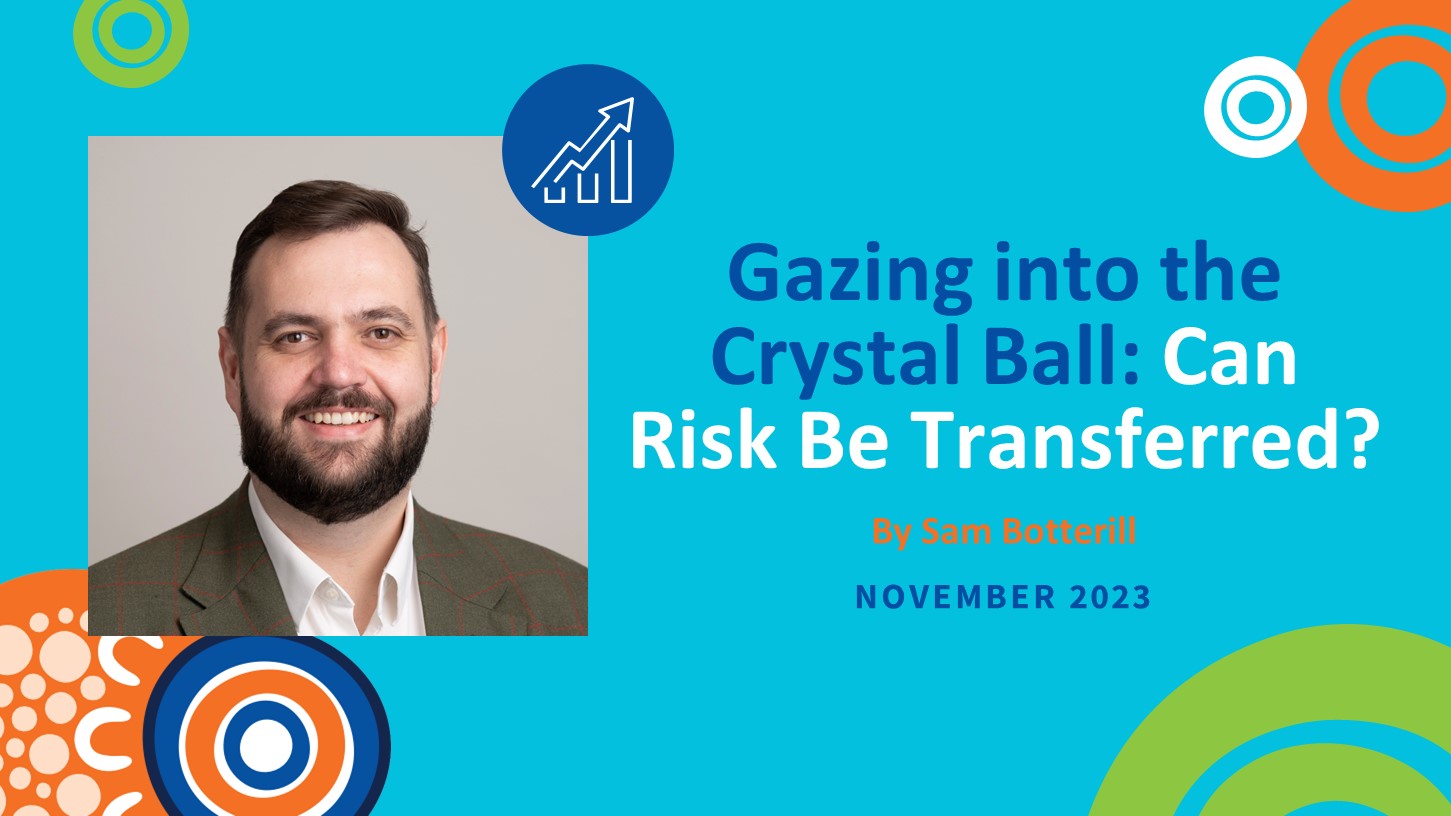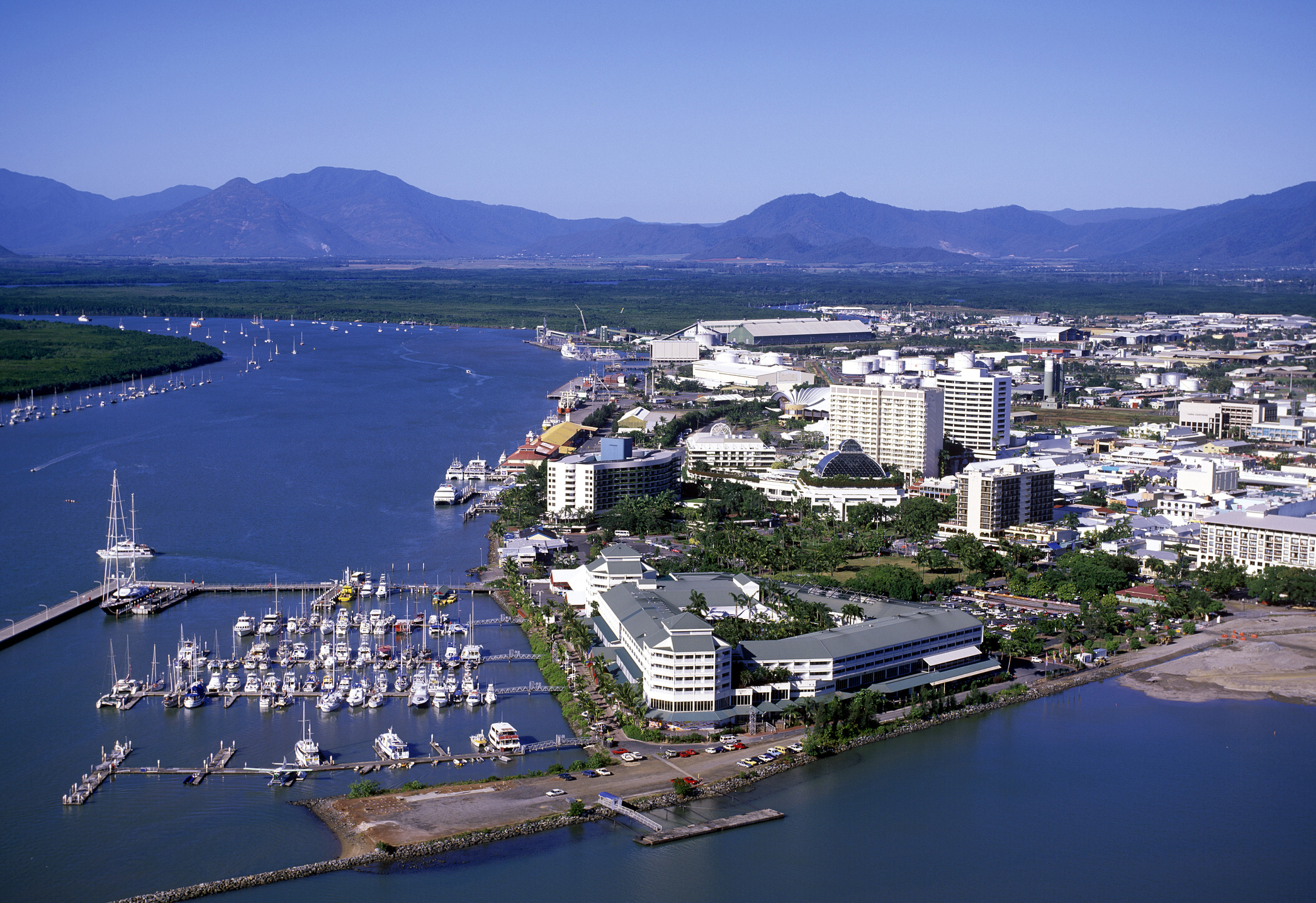Successful infrastructure projects require cohesive strategy, culture and leadership to combine the efforts of each project discipline across all phases.
Nonetheless, even the most successful projects will face challenges along the way. It’s at these critical moments that a project may only be as good as the mechanisms in place to manage conflicted or disparate interests.
There is no one size fits all mechanism for dispute resolution and traditional processes such as negotiation, mediation and litigation, to name a few, sit at various points on a continuum of control, time and cost.
Infrastructure Advisory Group Senior Associate Katherine Nguyen has experienced her share of complex and challenging claims management and dispute resolution processes, including providing contract and commercial support on the construction of multiple wind farms across Australia.
She says as projects increase in size and complexity there is intensifying scope for problems which can lead to conflict, claims and disputes.
“On large and complex projects there is proportionate risk which, if not allocated and managed appropriately, may result in unexpected situations and reduced performance with a time or cost impact for the project,” Katherine says.
“In light of the unprecedented spend on new infrastructure in Australia, and the associated increased exposure of the Government to contract disputes, it is prudent to understand the range of dispute mechanisms available and how each might benefit different situations.”
An increasingly popular method of conflict and dispute avoidance in both Australia and overseas is the establishment of a Dispute Avoidance Board.
Katherine says Dispute Avoidance Boards have been used on a range of projects across Australia, including for Legacy Way in Queensland, Sydney Light Rail and Sydney Metro North West.
“A panel of experienced, independent and impartial professionals are appointed by contracting parties at the start of a project to perform an avoidance function, whereby they meet regularly with parties to discuss issues and assist with resolving problems and avoiding disputes,” she says.
“They also provide a determination function where a dispute cannot be avoided.”
Earlier this year a multidisciplinary IAG team explored how Dispute Avoidance Boards might reduce the risk of major disputes on high-value, high-risk infrastructure projects.
The team embarked upon a strategic engagement process informed by thorough desktop research and engagement with a broad range of government and private sector stakeholders to identify a potential framework and implementation considerations.
The team tested the Dispute Avoidance Board and various other dispute management tools with a wide variety of project participants, including government delivery agencies, construction contractors, project sponsors, debt financiers, professional service advisors and industry bodies.
“Understanding the dispute environment, resolution procedures and experiences of a representative range of relevant stakeholders is key. Conflicts and disputes are never isolated, nor are they a problem that is confined to one party,” Katherine says.
“It was important for us to recognise and appreciate the pros and cons of Dispute Avoidance Boards in the context of Australian infrastructure projects, to identify situations where they have been successful and where they have not.
“Our consultation with stakeholders included feedback that Dispute Avoidance Boards can be a very effective project management tool for the successful delivery of infrastructure projects, if provided the right environment, and deployed in the right manner.
“There are many factors to be considered. But like the success of any project, a claims or dispute resolution mechanism requires strong leadership, an implementable framework and efforts of all parties to achieve project objectives.”
To find more about how IAG can provide expert service overlay, strategic project leadership and stakeholder engagement visit infragroup.com.au/services.



